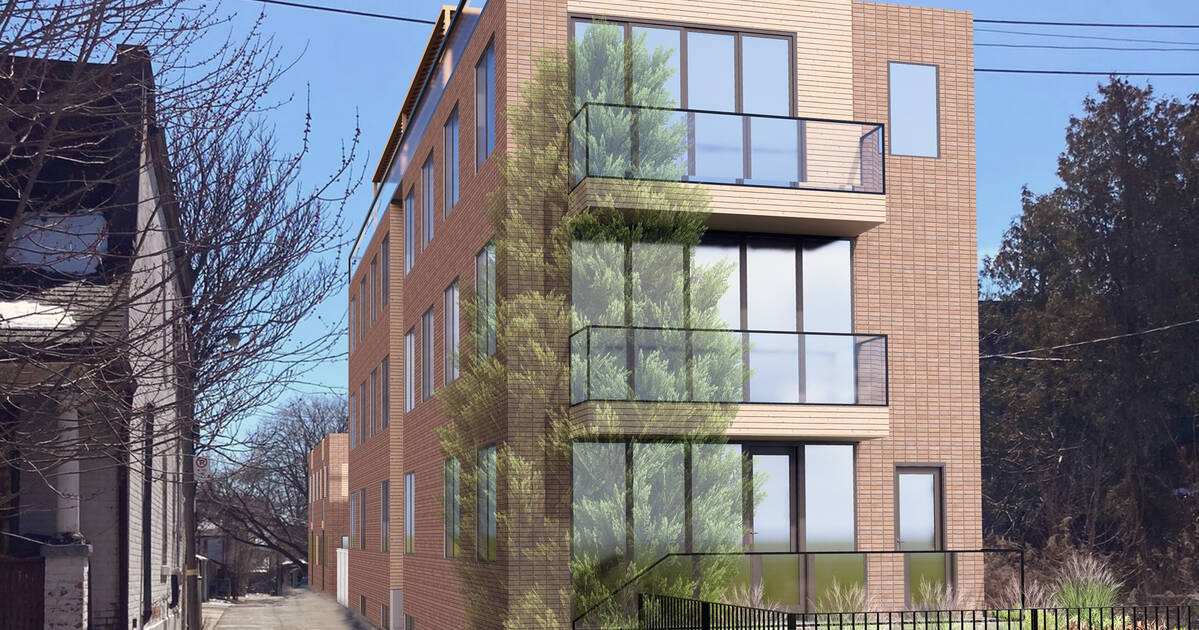- cross-posted to:
- [email protected]
- cross-posted to:
- [email protected]
Certainly the ones who oppose it are wealthy elitists.
On the other hand, everything I have ever heard about this idea of “filling in” seems like homeowners who want to rent out their alley without having to conform new-built residences to code so they can maximize $$$$$.
Do other cities have this “movement”?



Even the concept that building supply will even temporarily affect housing prices isn’t real. Say someone builds an additional 10% of the supply - are those going to be listed at prices below current market rates? Who is going to buy them, the people who already currently can’t afford them? No! Investors are going to buy them and maintain the prices at current market rates. It will be the same people owning houses whether it’s the number there are now or thousands more.
It’s even more fundamental than that. Developers aren’t going to build housing if they can’t sell it for a certain markup, in large part because they can’t get financing unless the project is projected to generate a certain level of profit, which means that new housing only gets built when there’s high demand for it. They will even delay projects when market conditions cool, because there’s no real cost to owning land. The only time they get caught overbuilding is when they’re mid-construction and the market shifts. Even then, these projects are often afflicted with mysterious fires that end up with insurance payouts that cover the developer’s losses. There simply is no mechanism for the private sector to build affordable housing, which is why housing needs to be built, or at least financed, by the state and the housing stock kept in some version of public trust to keep it away from the market. If anyone suggests anything other than that, they are an unserious person.
This is why the NIMBY vs YIMBY debate is stupid and a dangerous distraction. Without decommodification of housing, the problem will persist regardless of how much housing is built.